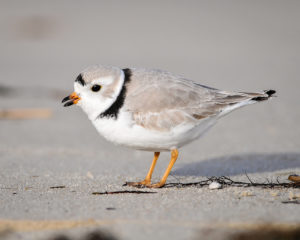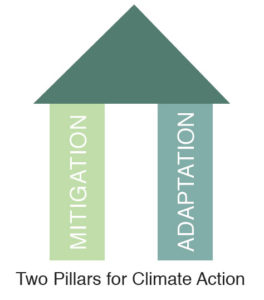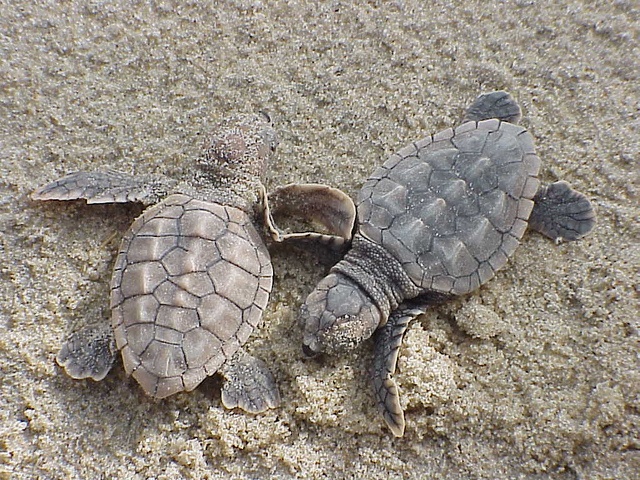We have much more to do and your continued support is needed now more than ever.
Sea-level Rise in a Rapidly Changing Climate


States from Florida to Maine are experiencing the high costs of beach erosion, saltwater intrusion, and loss of tidal waterways. Coastal communities and ecosystems alike are threatened, and projections show that the damage has only begun. A six foot rise in sea level is possible by the end of the century if national and international policy changes are not implemented to confront this threat.
Sea-level rise poses risks to some of our most important places. National treasures under siege include the barrier islands of the Florida Keys and Outer Banks, coastal ecosystems like the Everglades and Great Marsh, and National Parks like Acadia. Wildlife like the red wolf, piping plover, and loggerhead sea turtle will lose critical habitat and these already vulnerable species will be placed at greater peril.
Mitigation and Adaptation
These special places hold enormous economic and cultural value for coastal communities and states. Healthy marshes, barrier islands, and bays are important breeding grounds for many game fish and shellfish species, while beaches provide nesting opportunities for rare birds and turtles that generate tourism revenue from wildlife viewing during annual migrations. When wildlife habitat and natural systems are degraded, so are economic opportunities.

While these impacts are serious, there are opportunities to protect Eastern coastlines from more severe damage. National, state, and local policies aimed at the mitigation of, and adaptation to, climate change will both lessen the extent and costliness of future impacts. The National Wildlife Federation advocates for two pillars of policy, which together form a comprehensive strategy for climate action:
- Mitigation: Dramatically reduce our greenhouse gas (GHG) emissions to slow and eventually stop the impacts of climate change
- Adaptation: Proactively prepare for impacts that cannot be avoided
Policies that mitigate the root causes of sea-level rise, including carbon emissions from our power and transportation sectors, will slow the melting of polar ice and warming of ocean waters. While a critical pillar of comprehensive climate policy, pollution reduction strategies will not be swift enough to counter the sea-level rise already occurring, or set in motion to occur, in the near future.
Coastal communities must also prepare for sea-level rise by ensuring our natural systems remain intact to buffer the effects of more severe storms and coastal flooding. Barrier islands and salt marshes provide cost effective coastal protection and, if not overwhelmed by runaway climate change and sea-level rise, can adapt to gradual change and retain ecological and economic value. This strategy of adaptation represents the other key pillar of climate action.

The Need for Action
Climate change and the resulting impacts of sea-level rise are already being felt by all states along the East Coast. As these impacts worsen, the need for policy action becomes clearer. Fortunately, in addition to recent federal action like finalizing the Clean Power Plan (which aims to reduce carbon emissions from the U.S. power sector), renewable energy tax incentives, limits on methane pollution from new oil and gas facilities, and a moratorium on new coal leases, many states have begun to push for the implementation of policies geared towards a stable climate that protects wildlife and coastal communities.
Massachusetts has begun to tap into its vast offshore wind resources and explore new options for renewable energy; Delaware has one of the largest tidal marsh restoration projects in the U.S. at Prime Hook National Wildlife Refuge; and many states in the Northeast participate in carbon pricing through the Regional Greenhouse Gas Initiative, a cap-and-trade program that is raising revenue while reducing pollution.

While these steps are encouraging, more action is needed, including state plans to implement the Clean Power Plan, comprehensive standards to curb methane from existing facilities, and an economy-wide price on carbon – perhaps the most efficient means to achieve the pollution reduction needed to save wildlife and natural systems from climate change and rising seas.
Take ActionTell your congressmen and women to push for carbon reductions across the U.S.





















